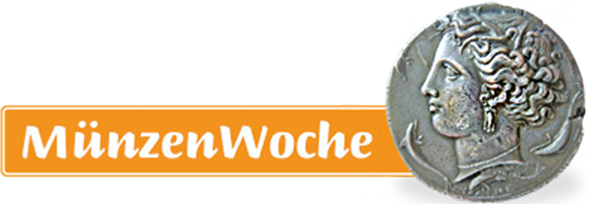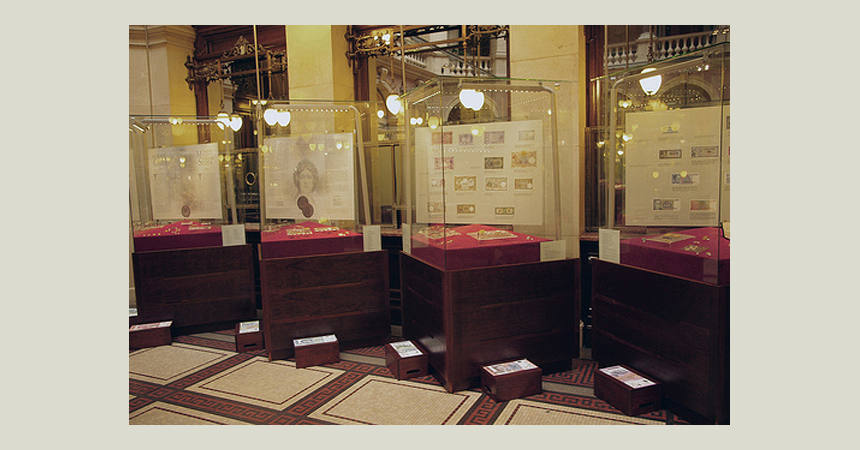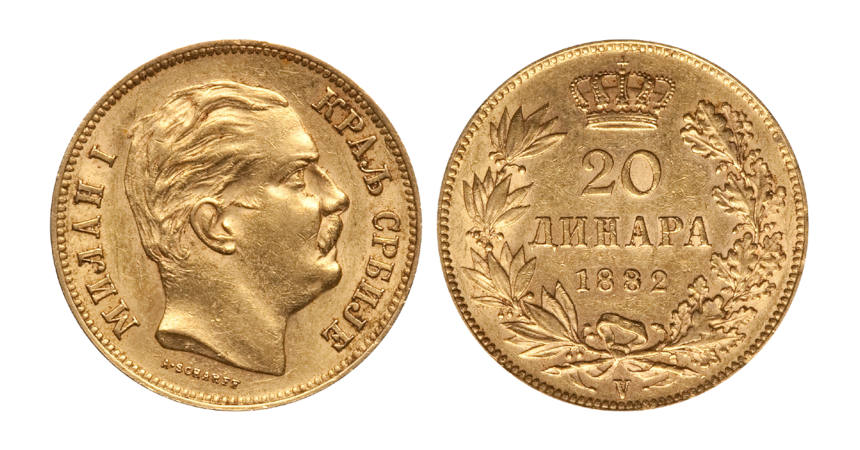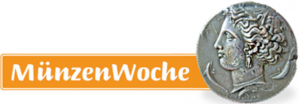Visitor Center of the National Bank of Serbia
Wenn es kein Logo gibt, wird diese Spalte einfach leer gelassen. Das Bild oben bitte löschen.
(Dieser Text wird nicht dargestellt.)
12 Kralja Petra Street
11 000 Belgrade
Tel: (+381 11) 3027-139
izlozba@nbs.rs
https://centarzaposetioce.nbs.rs/english/index.html
The Visitor Center of the National Bank of Serbia (NBS) opened in July 2004 on the occasion of the 120th anniversary of its creation as the Privileged National Bank of the Kingdom of Serbia. For the first time ever, the NBS presented part of its numismatic collection publically in a standing exhibition entitled, “Money on the Territory of Serbia.” Periodically, temporary theme exhibitions have been added as well as a number of interesting interactive displays.
Money of the Territory of Serbia
The standing exhibition illustrates the course of development and use of money on the territory of today’s Serbia from its earliest appearance to the latest money issues. The oldest money in the exhibition dates to the 4th century BC, coined by Greek city-states. Shown are coins of the Athens city-state and the Macedonian rulers Philip II and Alexander the Great.
In the 2nd and 1st centuries BC, the Roman Republic coined its famous silver money, the denarius. The derivative of its name, the dinar, is still found in the names of national currencies of many countries, including present-day Serbia.
Medieval Serbian Rulers
Display specimens illustrate the tradition of coining money in the medieval Serbian state beginning in the 13th century with such as those by King Stefan, while the Imperial period is represented by numerous issues of Emperor Dušan. His “coronation dinar” stands out by its importance and beauty of the image of two flying angels placing the crown on the emperor’s head. The medieval Serbian state together with the Serbian dinar disappeared from use when Serbia fell under domination of the Ottoman Empire in the 15th century.
The New Era
With the its loss of independence, money used in the territory of today’s Serbia until the mid-19th century was that of foreign countries, mostly that of Turkey, but also those of Dubrovnik, Venice, Austria, Hungary, and other European monarchies of the time.
After independence from Turkish rule, Serbia took its first steps toward establishing a national monetary system. As of 1868 during the reign of Prince Mihailo Obrenović, the first copper coins were minted; the first silver coins were struck in 1875 when the dinar was introduced; and the first gold coins were issued in 1879. The issuing of paper money began with the foundation of the Privileged National Bank of the Kingdom of Serbia in 1884, when the first Serbian banknote of 100 dinars was printed in Belgium. Examples of all such specimens are on display.
A Changing Serbia
Following World War I, all the issues of banknotes and coins in the changing periods of the Kingdom of Serbs, Croats and Slovenes (1918–1920), the Kingdom of Serbs, Croats and Slovenes (until 1929), the Kingdom of Yugoslavia, and issues following World War II until the last currency issues in Yugoslavia in 2003, are presented in the exhibition. There is a display recalling Yugoslavia’s hyperinflation of the 1990s with the largest hyperinflationary banknote—the 500 billion (with 11 zeros) dinara note of 1993 showing the portrait of poet Jovan Zmaj. Following the new State Union of Serbia and Montenegro, the National Bank of Yugoslavia became the National Bank of Serbia, which now issues the money to be used in the territory of the Republic of Serbia.
There are also exhibits on security features of the Serbian, euro, and U.S. paper money. Visitors are able to print a souvenir 1-dinar banknote with their picture as a portrait and watermark.
This text was written by Howard M. Berlin and first published in his book Numismatourist in 2014.
You can order his numismatic guidebook at Amazon.









